septoria lycopersici
It is a fungus attacking only tomato and potato.
Circular spots with dark-brown margins appear scattered over the leaves.
Later, the spots enlarge and coalesce, and black dots appear in their centers.
Heavily infected leaves turn yellow, wither, and fall off.

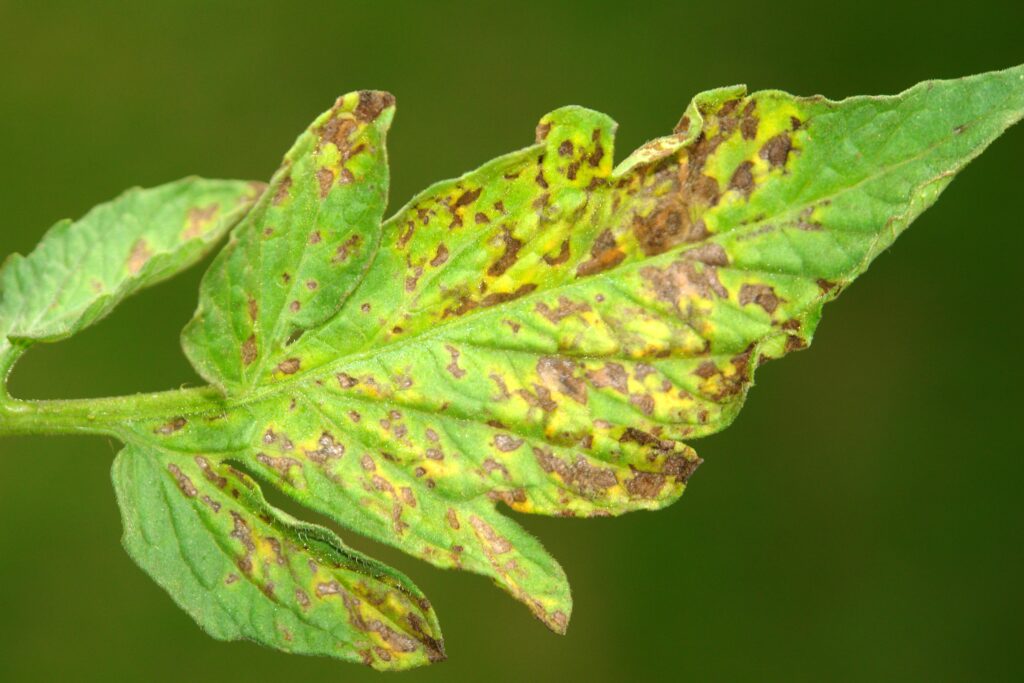

Organic:
Copper Hydroxide
It helps prevent the germination of fungal spores.
It is proven and reliable to be powerful while ensuring plants’ safety.
This OMRI-listed product comes in a dry powder formula that is easy and convenient to apply.
Features excellent plant tenacity and delivers maximum bioavailability.
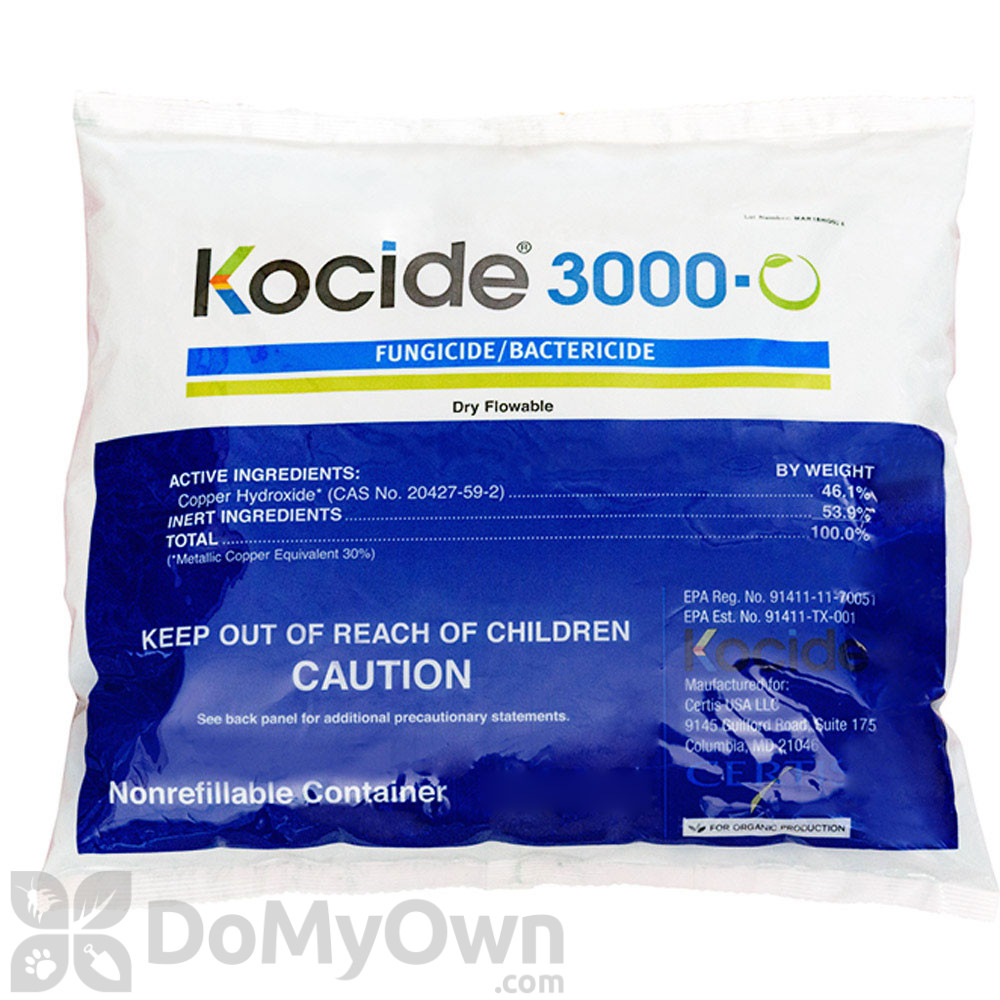
Copper sulfate –
It is an inorganic compound that combines sulfur with copper.
It can kill bacteria, algae, snails, and fungi.
It controls fungal diseases by damaging enzymes and proteins critical to fungal growth.
It has been registered for use as pesticide product in the United States since 1956.
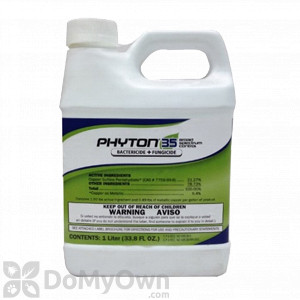
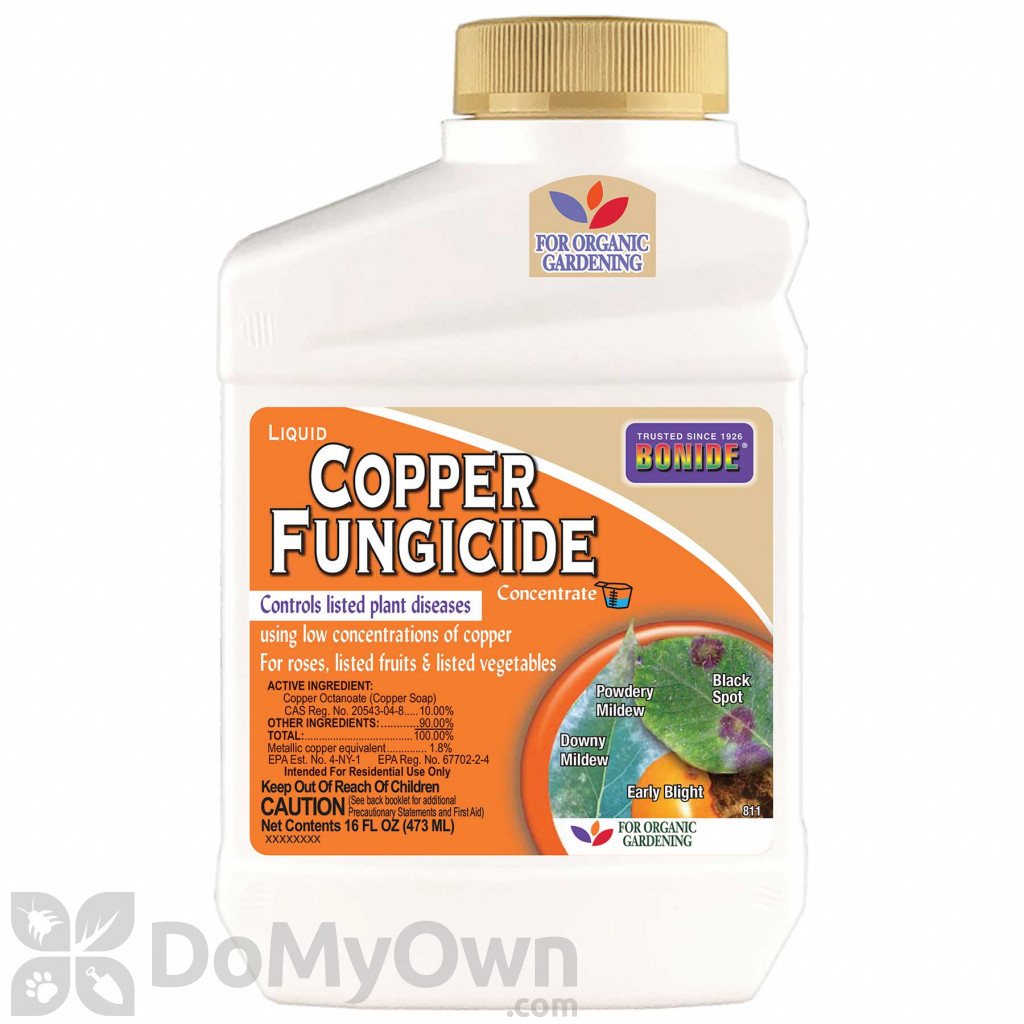
Mineral oil
Covers the egg, larvae, nymph and adult stages, causing suffocation.
It leaves no toxic residue on plants.
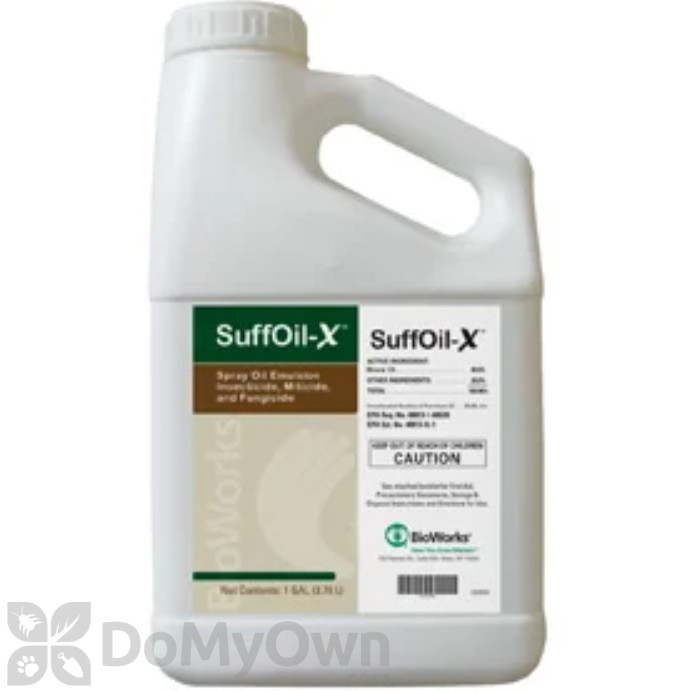
Bacillus Subtilis
A biological fungicide containing a strain of the bacterium Bacillus subtilis.
The bacterial spores occupy space on the plant surface, and compete with the pathogens; then active compounds called lipopeptides, produced by the bacterium, disrupt the germination, and growth of invading pathogens.
Due to this action, resistance is not likely to develop.
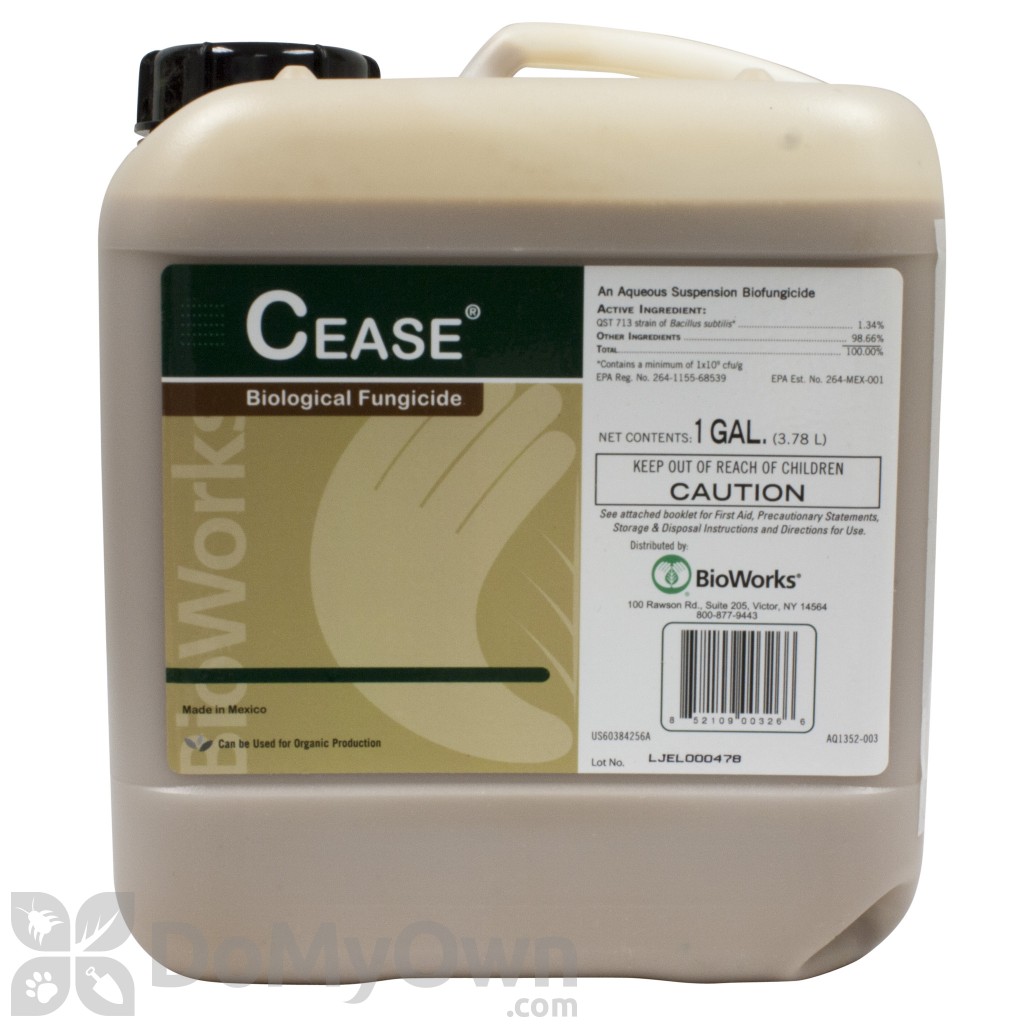
Neem oil
A naturally occurring pesticide, found in seeds from the neem tree.
Azadirachtin is the most active component here.
It reduces insect feeding and acts as a repellent.
It also interferes with insect hormone systems, making it harder for insects to grow and lay eggs.

You might also like these articles:
- Bacterial leaf spot treatment
- Beneficial insectaries
- Best insecticides for vegetables garden
- Combatting Early Blight: Understanding and Treating Alternaria Leaf Spot in Tomatoes
- Fusarium wilt treatment
- Gray Mold: A Fungus That Damages Crops – Symptoms and Ways to Eliminate It with Chemical and Organic Pesticides
- Growing Corn: Tips for Choosing the Right Variety and Achieving Healthy Growth
- Growing Potatoes: A Step-by-Step Process guide
- Growing vegetables in greenhouse for beginners
- How can I control pests and diseases in my garden?
- How Mycorrhizae Can Help Your Plants Thrive
- How to Combat Pests During Growing Season: The Importance of Using Multiple Pesticides to Prevent Resistance and Maximize Yield















